Is Coal A Hazardous Material In South Africa
2020-12-21T02:12:20+00:00
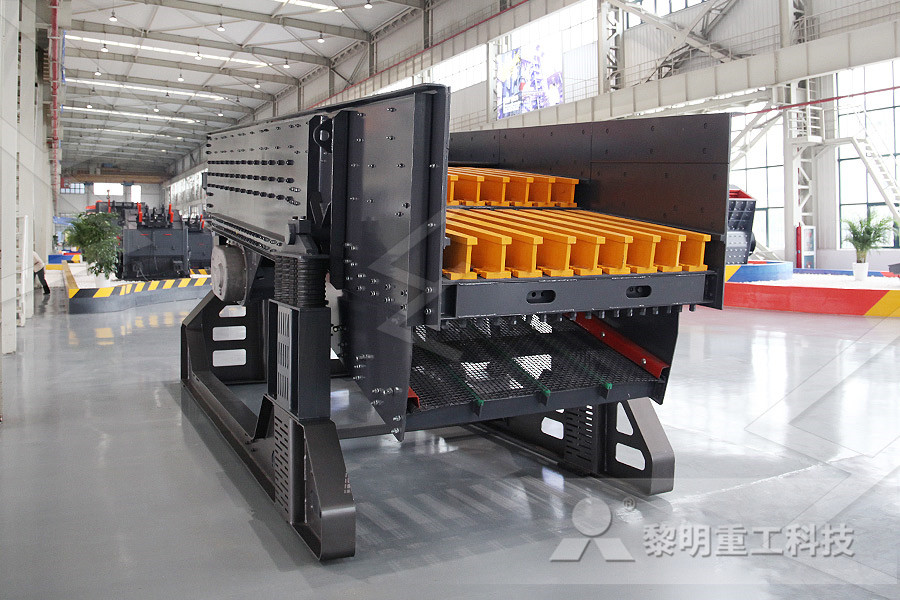
Hazardous area classifications (SANS10108)
Hazardous locations occur in all underground coal mines In industry, it is estimated that more than 50% of goods and materials produced in this country are manufactured in facilities with hazardous locations If the knockon effect is included, it becomes clear that the manufacturing industry in a country such as South Africa80% of South Africa's CO2 emissions come from the energy supply which is dependent on coal, which produced the vast majority of the country's energy, or 42GWs The use of coal in South Africa dates back to the Iron Age (300–1880 AD), when charcoal was used to melt iron and copper, but largescale exploitation of coal did not occur until the mid19th centuryCoal in South Africa WikipediaPermian coals of the southern hemisphere are generally considered to contain lower concentrations of sulfides, halogens, and trace elements when compared to northern hemisphere Carboniferous coals Few studies have considered the trace element content in South African coals, and little or no work has been published for Highveld coalsThe occurrence of potentially hazardous trace
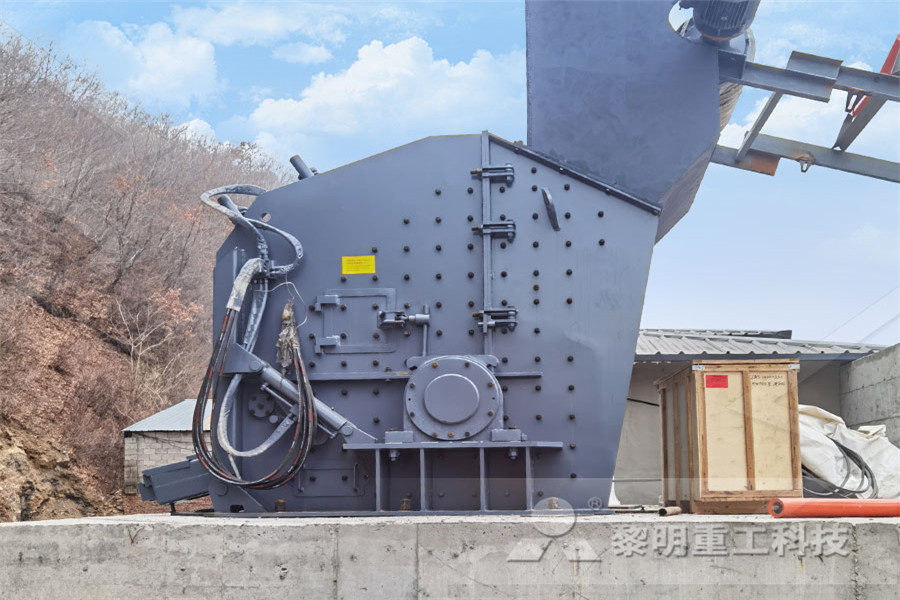
Hazardous Substances Act 15 of 1973 South
The Hazardous Substances Act 15 of 1973 intends: to provide for the control of substances which may cause injury or illhealth to or death of human beings by reason of their toxic, corrosive, irritant, strongly sensitizing or flammable nature or the generation of pressure thereby in certain circumstances, and for the control of certain electronic products;in South Africa is presented, based on key drivers Specific focus is placed on the waste management hierarchy within the context of South Africa’s 2012 NWMS, and the NEM:WA It is according to this waste management hierarchy that all waste management practices across the country are analysed The South African waste management policy frameworkChapter 13 Waste management Home Department of Hazardous Substances Act is probably the most important chemical regulation in South Africa It controls the production, import, use, handling and disposal of hazardous substances Under the Act, hazardous substances are defined as substances that are toxic, corrosive, irritant, strongly sensitising, flammable and pressure generating under certain circumstances and may injure, cause illhealth Overview of Chemical Regulations in South Africa
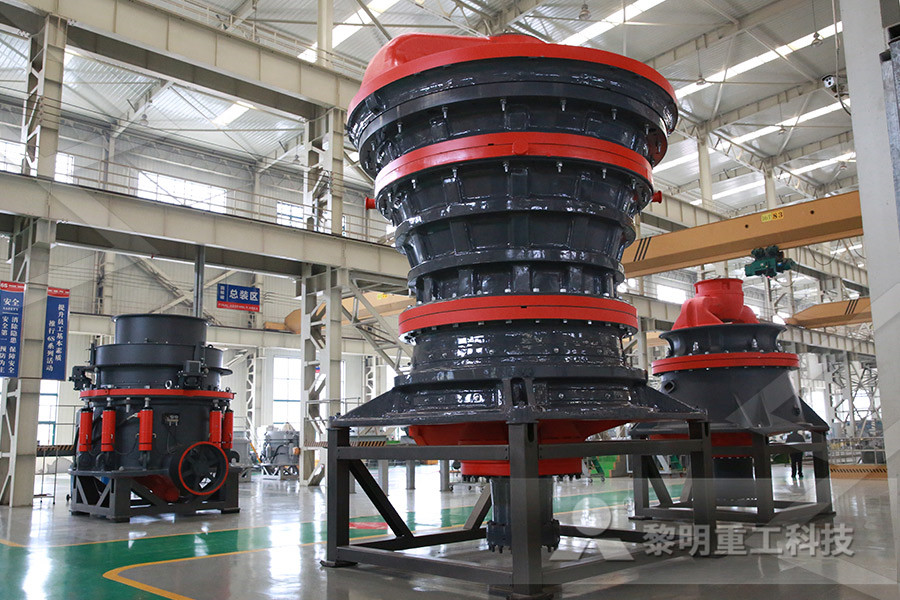
Case Study 2: The Management of Hazardous Waste in South
UNESCO – EOLSS SAMPLE CHAPTERS HAZARDOUS WASTE MANAGEMENT – Case Study 2: The Management of Hazardous Waste in South Africa GE Blight ©Encyclopedia of Life Support Systems (EOLSS) Box1 Quarter of South African Medical Waste is dumped According to a survey done by a company called Enviroserv Holdings Limited, up to one quarter ofThis first South African State of Waste Report (SoWR) provides snapshot of the state of waste generation and management in South Africa, the key driving forces and pressures, and how South Africa is performing in terms of short and medium terms South Africa State of Waste Reportin South Africa will also rely on the cooperation of all participants To this regard environmental groups and certain waste generators have already demonstrated their commitment by respectively promoting and exercising good waste management practices in South Africa and by contributing to the development of the minimum requirementsMINIMUM REQUIREMENTS FOR THE HANDLING, CLASSIFICATION
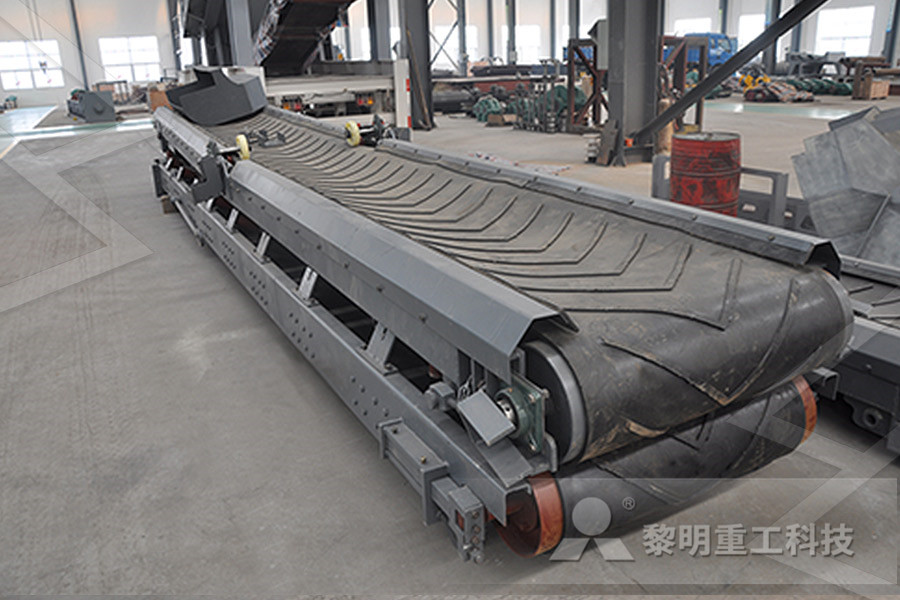
Is Coal Ash Hazardous? Scientific American
13012010 Said Tom Addams, executive director of the coal ash group, "A hazardous determination would make builders reluctant to use coal ash not because of Hazardous locations occur in all underground coal mines In industry, it is estimated that more than 50% of goods and materials produced in this country are manufactured in facilities with hazardous locations If the knockon effect is included, it becomes clear that the manufacturing industry in a country such as South AfricaHazardous area classifications (SANS10108)Permian coals of the southern hemisphere are generally considered to contain lower concentrations of sulfides, halogens, and trace elements when compared to northern hemisphere Carboniferous coals Few studies have considered the trace element content in South African coals, and little or no work has been published for Highveld coalsThe occurrence of potentially hazardous trace
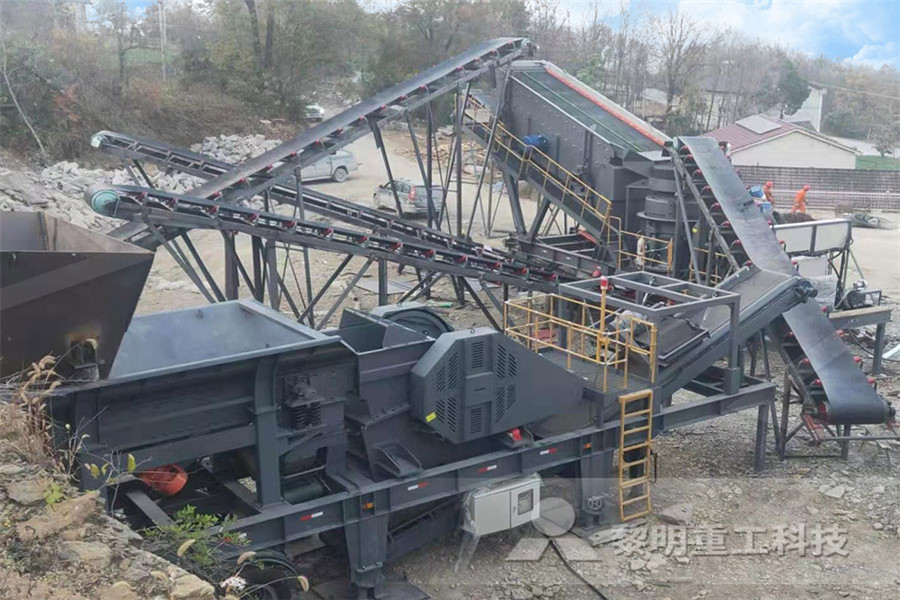
Chapter 13 Waste management Home Department of
in South Africa is presented, based on key drivers Specific focus is placed on the waste management hierarchy within the context of South Africa’s 2012 NWMS, and the NEM:WA It is according to this waste management hierarchy that all waste management practices across the country are analysed The South African waste management policy frameworkThe Hazardous Substances Act 15 of 1973 intends: to provide for the control of substances which may cause injury or illhealth to or death of human beings by reason of their toxic, corrosive, irritant, strongly sensitizing or flammable nature or the generation of pressure thereby in certain circumstances, and for the control of certain electronic products;Hazardous Substances Act 15 of 1973 South Hazardous Substances Act is probably the most important chemical regulation in South Africa It controls the production, import, use, handling and disposal of hazardous substances Under the Act, hazardous substances are defined as substances that are toxic, corrosive, irritant, strongly sensitising, flammable and pressure generating under certain circumstances and may injure, Overview of Chemical Regulations in South
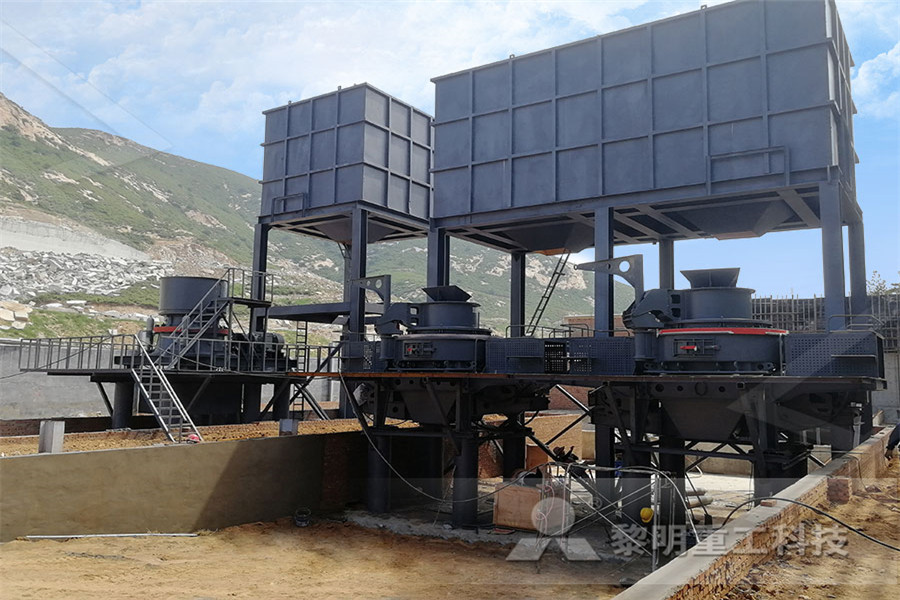
Coal Ash Is Hazardous Coal Ash Is Waste But
06092019 Coal ash is a hazardous substance, no matter what the EPA and the TVA prefer to call it22122012 Lignite, a crumbly brown rock also called brown coal or rosebud coal, retains more moisture than other types of coal This makes it expensive and dangerous to mine, store, and transport It is susceptible to accidential combustion and Coal National Geographic SocietyCoal, one of the most important primary fossil fuels, a solid carbonrich material, usually brown or black, that most often occurs in stratified sedimentary deposits, which may later be subjected to high temperatures and pressures during mountain building, resulting in the development of anthracite and even graphiteCoal Uses, Types, Pollution, Facts Britannica
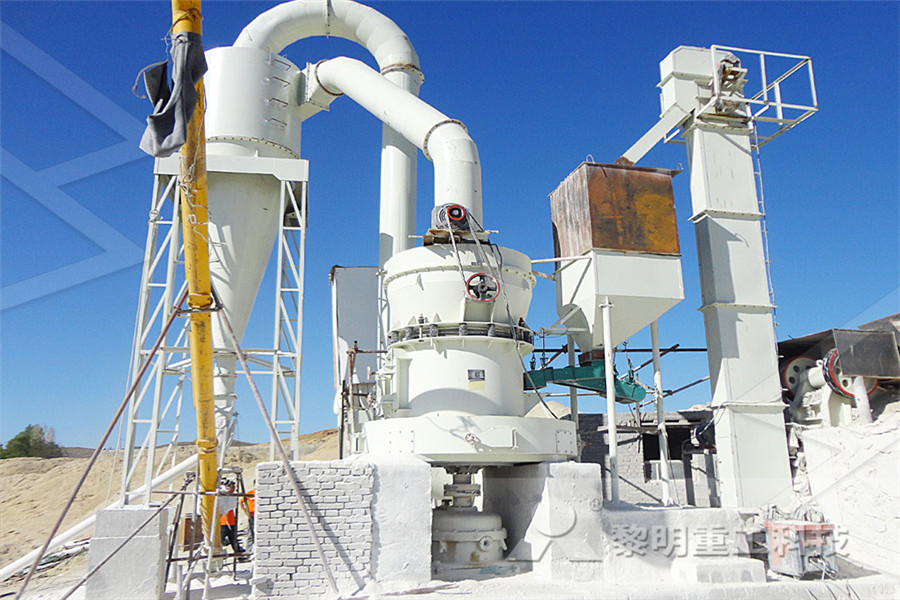
9 Classes of Dangerous Goods 🛳️ Hazardous
“Material Safety Data Sheets must accompany any hazardous shipment as they identify and classify the potential hazard/risk They also include details on what to do if there is an issue (what first aid to administer, how to fight a potential fire etc) and how to safely handle/store the productSouth Africa is the biggest producer of hard coal in Africa, and it is a significant global player The Source Watch ranks this African giant at number five, just behind China, the USA, India, and Australia; while World Atlas ranks the country at number seven with Indonesia and Russia taking fifth and sixth place respectively after the first four It is also estimated that about 90% of South List of coal mines in South Africa BrieflyHazardous locations occur in all underground coal mines In industry, it is estimated that more than 50% of goods and materials produced in this country are manufactured in facilities with hazardous locations If the knockon effect is included, it becomes clear that the manufacturing industry in a country such as South AfricaHazardous area classifications (SANS10108)
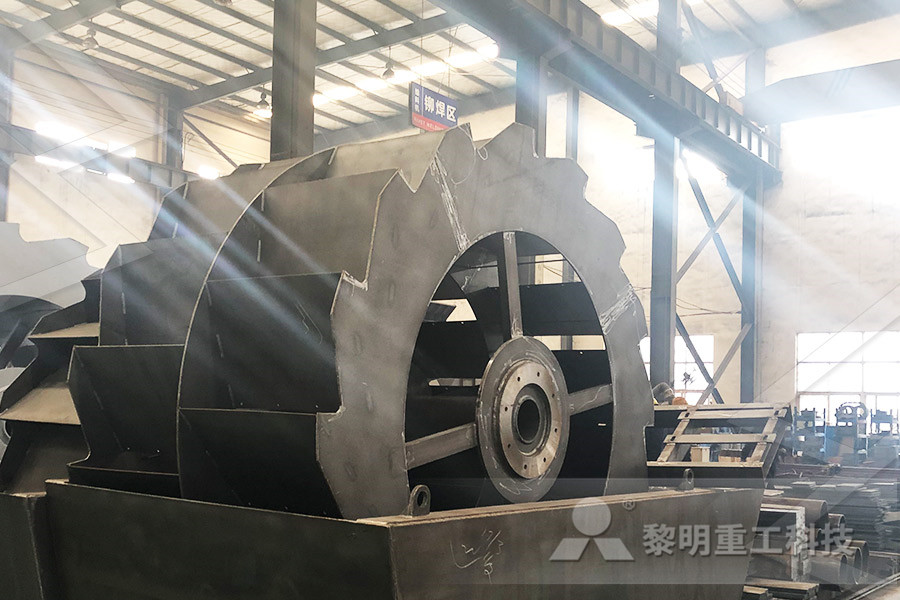
hazardous substances in mines south africa
is coal a hazardous material in south africa waste economy market size for south africa according to the national waste information baseline (nwib), south africa generated approximately 108 million tonnes of waste in 2011, consisting of 59 million tonnes of general waste; 48 million tonnes of unclassified waste5; and 1 million tonnes of hazardous waste (see in South Africa is presented, based on key drivers Specific focus is placed on the waste management hierarchy within the context of South Africa’s 2012 NWMS, and the NEM:WA It is according to this waste management hierarchy that all waste management practices across the country are analysed The South African waste management policy frameworkChapter 13 Waste management Home Department of UNESCO – EOLSS SAMPLE CHAPTERS HAZARDOUS WASTE MANAGEMENT – Case Study 2: The Management of Hazardous Waste in South Africa GE Blight ©Encyclopedia of Life Support Systems (EOLSS) Box1 Quarter of South African Medical Waste is dumped According to a survey done by a company called Enviroserv Holdings Limited, up to one quarter ofCase Study 2: The Management of Hazardous Waste in South
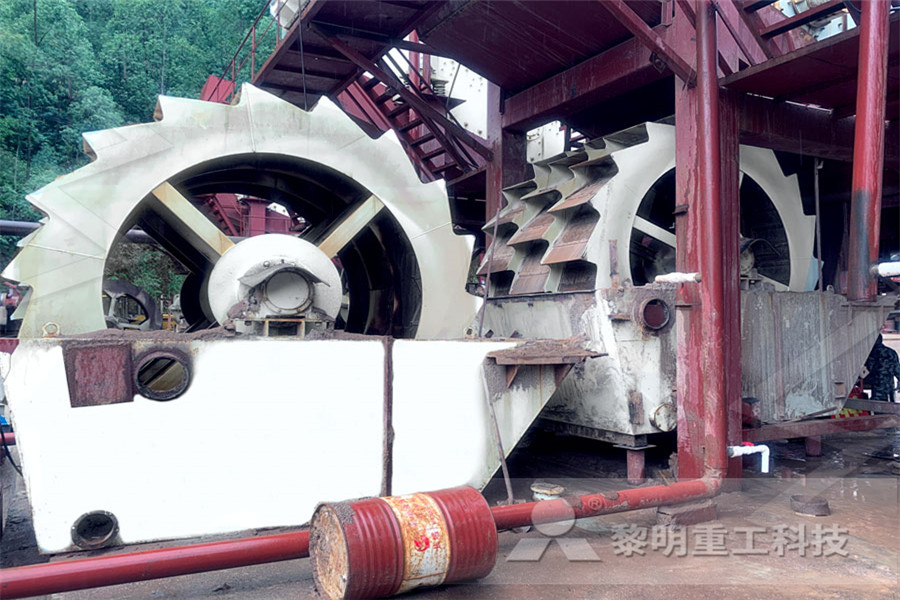
The importance of coal Statistics South Africa
Coal as a source of energy Coal is South Africa’s dominant energy source 77% of South Africa’s energy needs are provided by coal, according to the Department of Energy 6 Eskom produces 95% of electricity used in South Africa 7, and its coalfired stations produce about 90% of electricity produced by the utility 822122012 Coal is a nonrenewable fossil fuel that is combusted and used to generate electricity Mining techniques and combustion are both dangerous to miners and hazardous to the environment; however, coal accounts for about half of Coal National Geographic SocietyCoal Ash: Hazardous to Human Health What is coal ash? Coal ash is the waste that is left after coal is combusted (burned) It includes fly ash (fine powdery particles that are carried up the smoke stack and captured by pollution control devices) as well as coarser materials that fall to the bottom of the furnace Most coal ash comes from coal Coal Ash: Hazardous to Human Health PSR
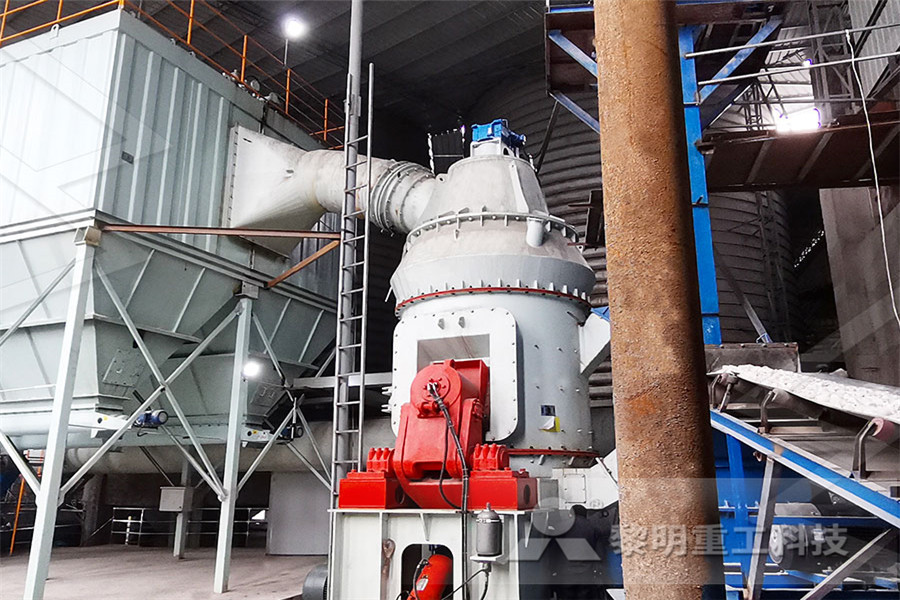
AN APPROACH TO HAZARDOUS BIOLOGICAL AGENTS IN THE
Occupational Health Southern Africa, 8(2), 813, 2002 Introduction The recent promulgation of the Regulations for Hazardous Biological Agents in December 2001, brings South African health and safety legislation on hazardous biological agents (HBA) more in line with international standards The lack of specific guidance in relation to HBA under theWhere we mine Coal South Africa's export product is derived from our four and operated mines Goedehoop, Greenside, Khwezela and Zibulo (a 73: 27 partnership with Anglo American Inyosi Coal), as well as from Mafube colliery a 50:50 joint Coal – Anglo American South AfricaHazardous Locations: Electrical Safety by Johannes Auret, Explolabs and CERTEX Coal mine explosion Hazardous Locations: Electrical Safety differences in the materials being handled, the one is Zone 1 and the other Zone 2 One can use respectively Ex d Hazardous Locations: Electrical Safety Explolabs
wet ball mill ball mill for rock ore milling
Coal Washing Spiral Classifier For Sale With Low Price
Harga Sand Mining Mill Impact
mining equipment suppliers bandung
crushing oper cable machine
Antique Jaw Rock Crusher For Sale
mining machine 500 tph hyderabad
Malaysia Gold Mining Royalty
enquiry about rock crusher
grids for shot blasting machine
diagram electric flat iron
stone stone crushing equipment price in ghana
Coal Vsi Crusher Manufacturer
gator arena lavadoras tornillo sand making stone quarry
stone crusher acunting in excel
Used Gold Ore Mining Mill Priron Ore In Canada
2016 hot sale spiral classifier for iron ore manufacturer
crusher supplies in punjab
stonecrushing business in india pdf
four factors that affect the rate of any leaching process
stone crusher cketing rates
clay ball mill for italian
processing processing of manganese ore in indonesia
mining mill representative in nigeria
machine 624 rock crusher
take training crusher productions
Separation Of Limestone And Granite
proceso molino de dos rodillos de ruber
Iron Ore Processing For Blast Furnace
hot sale gold mine froth flotation machine









